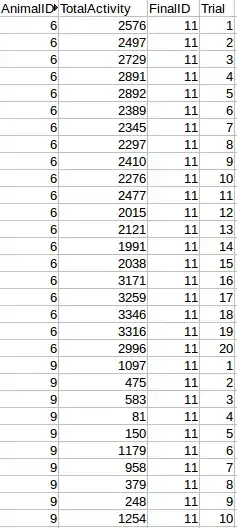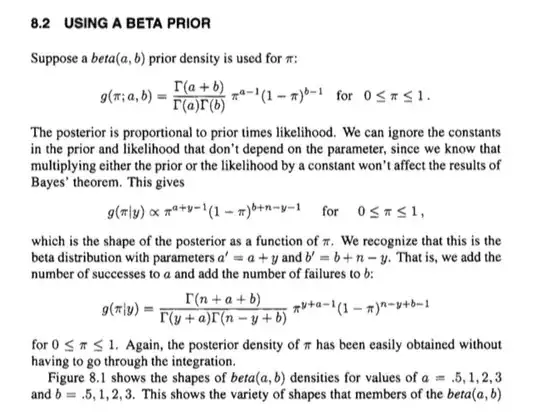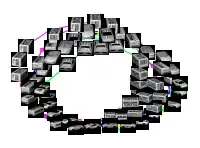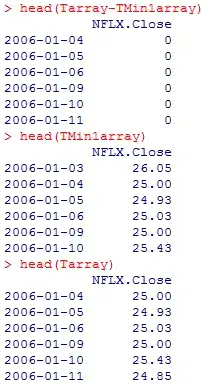Forgive me I am a newbie of random variables. I saw a lot of course which introduce the Discrete Random Variables which always be illustrated with a histogram or bar chart . Like below
But in my understanding .I think it should be represented by a graph like below, all the probability value for the lowercase x {2,3,4,5} is point. not an area. (forgive me bad drawing).
My question is why it should be illustrated by a histogram or bar chart instead of point? Please correct me if there is something wrong . Thanks.



